
To celebrate the game's PS4 release, game director Tsutomu Kouno and art director Keigo Tsuchiya recount its creation
Released in 2006 on the PSP (PlayStation Portable), LocoRoco is an action game where users control cute little round and puffy creatures called LocoRoco, rolling and bouncing them around to reach the end of the level using the L and R buttons. With its simple yet addictive controls, lovable characters and popular soundtrack, LocoRoco became a hit and won multiple game awards from around the world.
This amazing creation is now available, remastered for the PlayStation 4! We are all looking forward to going on another adventure with the cute and quirky LocoRocos in their refreshed and even more vibrant and colourful world.
We are commemorating the PS4 remaster with an interview of the game’s director, Tsutomu Kouno, and art director, Keigo Tsuchiya. They reveal all the secrets of the cute and quirky little creatures of the LocoRoco universe and the story behind the unforgettable soundtrack in the game!

It all started with a sketch on a train
11 years from its first release on the PSP in July 2006, the LocoRoco remaster is now being released for the PS4. Can you start by sharing the story of the conception of the original game?
Kouno: It all started with a rough drawing I made on the train. At the time I was using a PDA, instead of a notepad and jotting down as well as sketching any ideas that came to me while I was traveling to work. One day, I thought, “Wouldn’t it be interesting if there were lots of characters which moved using A.I.?” and made a simple sketch of what I thought that would look like. The visual was of a bunch of round characters all stacked on top of each other with weird faces and surprised expressions.
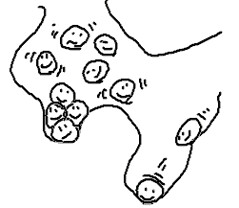
So that was the first prototype for LocoRoco?
Kouno: I actually had the idea before that time. I made a demo using A.I. during my fourth year in the university. The four characters were just circles with eyes drawn on, but each had its own parameters for hunger and sleepiness and so on. The demo showed the characters eating fruit off of a tree, such as when they were hungry or reacting to the expressions of the other characters they met. After I made the demo and started watching the four characters, I noticed random situations happening that I didn’t expect. It was really interesting, and I started to think that ‘I want to make a game using A.I. one day’. This memory then passed on through the rough sketch I made on the train that day and that evolved into LocoRoco.
Can you give more details on the path the game took from that original sketch to become a full game?
Kouno: I invited Tsuchiya-san to help me, and we spoke about the game every day. We then worked toward cementing what game systems we were going to use.
Tsuchiya: The PSP system hadn’t yet been released at the time, so there were a lot of unknowns. We knew that there would likely be L/R buttons on the left and right, but we didn’t know how they would be implemented yet. Even so, we kept thinking about what we could probably achieve and came up with a plan for the project.
Kouno: We decided to create the game on the PSP right from the beginning. We then added another person to our group and kept continuing to share our ideas and talk in a nearby family restaurant.
Tsuchiya: I think it was soon after that we finally got hold of the PSP itself.
Kouno: I made the first sketches in June 2004. Shortly after that, the programmers in the company spent about ten days making a quick demo for us. It wasn’t even a game yet at that point; it was more like a video, which showed these soft, round creatures falling down and combining together when they collided hard with one another. We were making another game at the time, but I wanted to begin preparing so we could start making this game straight away once our current work was complete.

After that we gave a presentation to the higher-ups near the end of the year, but we weren’t able to get across the appeal of the game and so our idea was rejected. We didn’t get the go-ahead after the second presentation we made either. We then realized that we weren’t going to get any further until we had something to show that actually worked, so we ended up spending the next month making a prototype to show the appeal of the game and show off the concept better. Once the managers saw the new prototype, their reactions changed completely [laughs]. We then dove into development at a rapid pace.

When did you get the go ahead to start?
Kouno: It was March 2005. We then started development properly from April 1st a short time later.
Tsuchiya: We kept making prototypes from there until the end of July and moved on to actual production in August. Around that time, we were approached by someone, asking us if we wanted to show what we had made during the Tokyo Game Show.
Kouno: We only had one month, but we managed to make it in time somehow. It all came together at once so I don’t really remember anything from that time [laughs]. We wanted to make the game simple with a small team and at a low cost, but it all happened a lot faster than we were expecting.
A game loved by the world
What changes were made from the planning stages to the final product? What sort of things changed during development and what stayed the same the whole way through production?
Kouno: We actually wanted to have more A.I. in the game, so it would be fun just to watch the LocoRocos play around by themselves. We came up with lots of ideas for this, such as having the LocoRocos jump higher by hitting them in time with their cheering or having then climb up a slope themselves, but these concepts were never implemented in the end.
The characters also had a mood gauge in the original designs. If they were in a bad mood, they would split into pieces when falling from high up, or they would become harder to control. I thought the idea was interesting but actually playing with the characters like that was just annoying [laughs].
The LocoRocos do start moving when they have been left on their own for a while on the retail version as well, though, right?
Kouno: Yeah, you’re right. When left alone, the LocoRocos start trying to stack on top of each other and fall off each other while trying to get up. I wanted to have these kinds of elements fit well into the game.
Tsuchiya: It is important to leave the characters alone even at the end of the level. Even if you want to press all of the buttons, it’s that kind of ‘forbidden’ design element where you have to not press anything for a while to complete the game. (laughs) We want people to understand that not pressing anything is an option.
Kouno: There are parts in the game where the LocoRocos are surprised and react when they discover something new. While you can ignore this and get through the game, you can discover new things if you give them some time to react. So we want people to wait for a while when the LocoRocos give the signal that they have found something. I am really happy when the LocoRocos act on their own and see what they do. Please make sure you are in a safe area before doing this though [laughs].
Did the 2D graphics change at all from what was first planned?
Tsuchiya: We had decided to have the game in 2D right from the beginning, but we tried out a number of different styles to achieve this before we found what we wanted. We started off by focusing on a soft-feeling, picture book style concept and came up with a design, which felt like it was made of clay or paper. However after trying out various ideas, and considering the fact that the LocoRocos themselves wobble around and change when they collide with other objects, I thought that a flat design would best show the softness of the characters, and I proposed a super matte finish for the visual style.
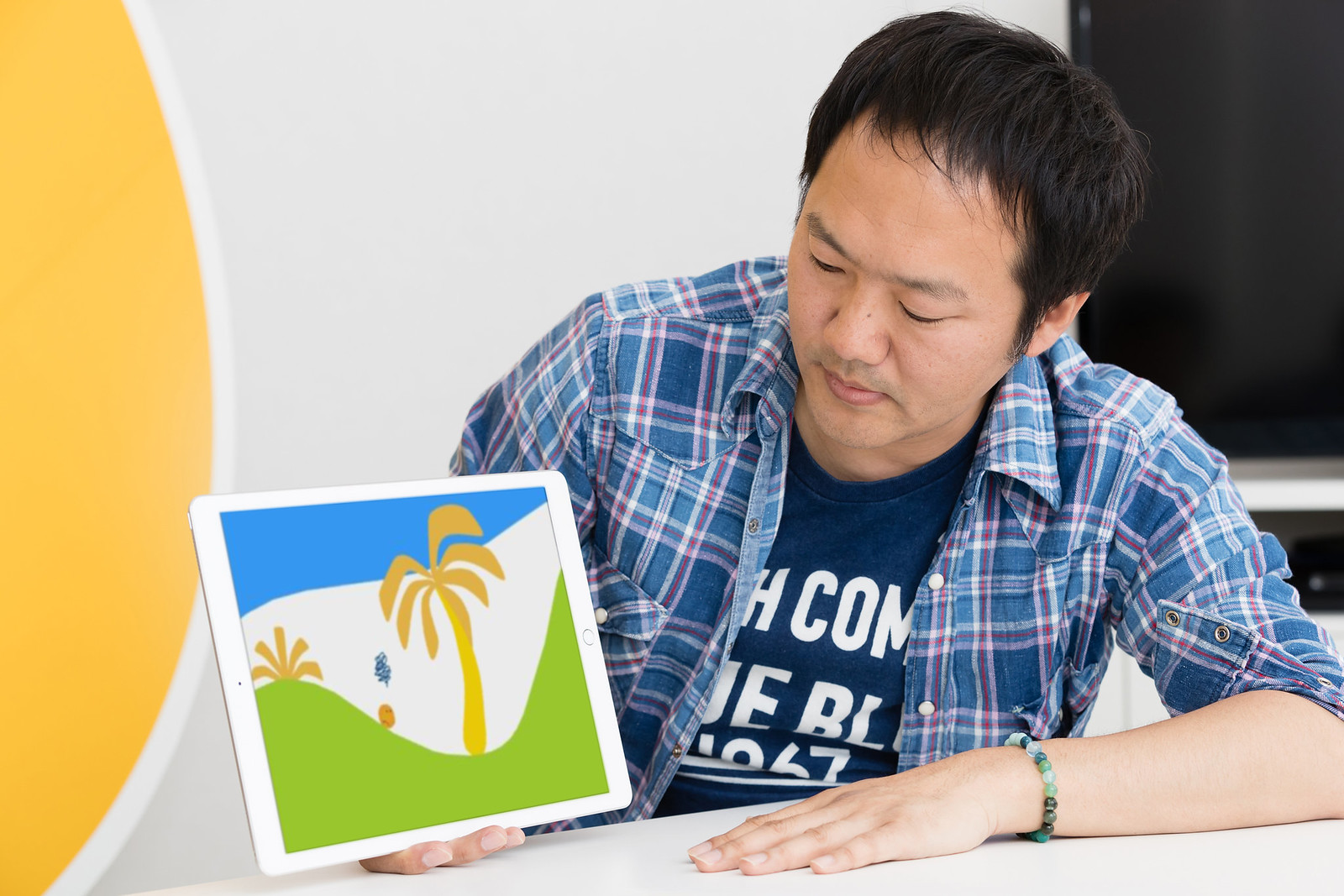
Kouno: We went with a 2D design so that the characters’ expressions could be seen from the front. This was based on the concept that we wanted to show the A.I.s’ emotions and that we wanted to have the game be something that could be enjoyed just by looking at it. We aimed for a design that would be liked no matter where you come from in the world, so that people from all different backgrounds would play and enjoy the game.
Tsuchiya: I don’t think we were asked to think about the game globally at the time, now that I look back, but we prioritized this ourselves, and I remember chanting ‘Worldwide! Worldwide!’ with everyone. (laughs) This wasn’t just with the graphics but with the game’s interface as well. We wanted to avoid using text on screen as much as possible and to get across what the game was about even without any words.
Was there a strong desire to have people from all over the world play the game?
Kouno: The PSP is a system that can be taken anywhere. I really wanted to take the game to Africa and show LocoRoco to children who have never played any kind of game before. There was also the idea to be able to choose somewhere on the world map in-game when you buy it and have trees be planted where you liked. Overall, the game was based around the image of peace and happiness.
So you wanted the game to be played by children from all around the world then?
Kouno: Yeah, I did. I wanted to surprise everyone and make them laugh. All of the way through production I was always thinking, if we do this, it will give everyone a nice surprise. In the demo, we made for the announcement at Tokyo Game Show. There was a scene where the LocoRocos fell off a cliff and it looked like they were going to hit a spike. However, right at the end, a gust of wind blows them away and they are saved. The children who watched this all got a surprise and laughed and that made me really happy.
It feels like the sense of fun in the game is also linked to all the different kind of characters which appear.
Kouno: Tsuchiya-san always cleans up all the rough ideas that come to me. Mooskoos (an enemy character which hides in the earth) was modeled on an Indian Blenny, a kind of goby-like fish I kept as a pet at the time. I thought it looked cute while it stared at me from inside the aquarium, so I had the sketch I drew made into a character for the game.
Tsuchiya: Many of the characters were made to fit the features in the levels so a lot of their designs are based on rough drawings made by Kouno-san. From there, I checked what their role was and proposed new designs for the ones that were okay to change, so they felt more like part of the family of characters and fit more as someone who would live in the world we created. This is what was done with all the variations of Nyokki characters in the game.
Emphasizing music over graphics
There was a lot of effort put into the songs in LocoRoco. Why did you decide to do this?
Kouno: More than 20 years ago, when I first joined SCE Sony Computer Entertainment (now SIE), I was working on a game called ‘The Legend of Dragoon’. However, at the same time, I also decided to secretly plan my own game. This was a game which used a lot of music. I was not able to make this game in the end, but when we started making LocoRoco, I ended up putting everything I wanted to do into that. (laughs) This ended up will the result that the LocoRocos could sing.
But the characters don’t just sing, the way they add more parts to the chorus when the split up and increase is a really unique idea.
Kouno: Yeah, the chorus changes depending on the number of LocoRocos which are on-screen at the time. When there are only two LocoRocos, there will be only two parts: the main song and the chorus, but if there a five or ten LocoRocos, the number of singers in the chorus increases and it becomes livelier.
Are there more tracks which play at the same time when this happens?
Kouno: All of the tracks are playing constantly, and the parts which cannot be heard are muted. The way the LocoRocos’ mouth moves also changes based on the volume of the sound. If you look carefully, you can see that one of the LocoRoco has its mouth open wider than the others, so you can tell that it is the one who is signing the main part of the song.
Oh really! Are there any other small Easter eggs like that in the game?
Tsuchiya: We put a lot of effort into places which are unrelated to game progression. If no buttons are pressed for a while, then the LocoRocos begin to talk to each other. Even though this has nothing to do with the main game, the number of lines they can speak is huge. (laughs) There are a number of sound effects that will never be heard if the player just plays the game normally.
Kouno: Even on the same level, the audio completely changes depending on the types of LocoRocos present. There are six types of LocoRoco in game which means that there are six times as many recordings that were made for their audio. We really put a lot of work onto the sound producer.
I watched some of the recordings myself, and I thought the way that the music was made was interesting. (laughs) Even though we started with no music in the morning, they gradually recorded the lead and the chorus and by the end of the day, you have a complete song. I still remember how fun it was to witness all of that.
There are a lot of songs as well in the game!
Kouno: Yeah, there are, aren’t there? The amount of sound work was unbelievable compared to a normal game.
Tsuchiya: …Yeah, I was really shocked. (laughs)
Kouno: As we said before, the number of singers increase when the LocoRocos are divided up, and as all of the parts play constantly, the amount of memory and CPU used for the audio compared to other games was incredible. The programmers kept asking me if this was really needed. (laughs) They kept saying that no one will even notice if we have the LocoRocos mouth move, but I kept replying that this was something I really wanted in the game.
So this was something that you really didn’t want to give up on even with the constraints on production time and cost.
Kouno: I really wanted to avoid points where the player would feel that something was strange. Even if they notice one small thing, they will be taken out of the immersion. It is a similar idea to a theme park: the customers want to be deceived into thinking it is real even if it’s not. With that, I was always worried about people thinking that there is something missing with an interaction. On top of this, I thought that this music was something no one has done before, and I wanted to take on that challenge.
There is a great variety in the music used as well.
Kouno: I had the music produced by picking up genres that would be liked by people from all over the world. To do this, I wanted to have the lyrics sung in the LocoRoco language, which is just something I came up with so the words won’t mean anything to anyone, no matter where they come from. In other words, it is equal to all, no matter what language they speak. On top of this, I made the lyrics so that people would want to try to remember and sing them as well. I noticed when I was making it, by adding breaks and starts as well as sounds like ‘ton’ and ‘tan’ at the end of the words, the songs had a kind of instrumental feel to them. It felt more like switching out the sound of instruments for words more than writing lyrics.
The new PS4 remasters being released for ‘LocoRoco’, ‘Parappa the Rapper’ and ‘Patapon’ all have their own unique musical style. What do you think about the role and importance of music in games?
Kouno: I actually think that music is more important than graphics in games, so I put a lot of effort into the sound. Whether it’s a full song or just background music, I didn’t want to just have the same kind of music that’s in other games.
Tsuchiya: This isn’t a title that focuses on music as its main element, but it does have a very high quality feel to it.
Kouno: When making the game, I was thinking about the fact that Japanese music and films do not really become popular in other parts of the world. So I thought that if I use a game, then maybe I can introduce Japanese music to other countries along with it.
The best way to enjoy LocoRoco
LocoRoco received really good reviews both domestically and internationally. What kind of things do you think contributed to this?
Kouno: Maybe it’s the bright atmosphere, design, music and intuitiveness? I think it is because I managed to get across what I was aiming to do.
Tsuchiya: I noticed recently when I was playing the PS4 version, even the title logos for the mini games have been translated into 15 different languages. Even now, I believe we have managed to get across our wish of having people who use all the different languages to play and enjoy our game.
Kouno: I wanted to support as many languages as we could, and to try to make every effort we could to achieve this goal.
Is there anything you want people to look at in the PS4 version?
Tsuchiya: We focused on trying not to ruin the feel of the PSP version when making the PS4 one, so it is hard for me to answer what I want people to look at on the remaster.
On the PSP version, there was a battle between staff who wanted to focus on the gameplay of the title and staff who wanted to focus on its visuals and characters. The staff that wanted to focus on the ease of gameplay wanted to have the camera pulled back so that the user could see a larger amount of the stage. However, the staff who wanted to focus on the visuals were worried that if the player was far away from the LocoRocos, they would lose their emotional connection with them.
In other words they wanted to have the camera in closer to the LocoRocos. We ended up having the design in which the camera zooms in on the LocoRocos when the controls aren’t pressed, but if the graphical resolution isn’t high enough, the image will become blurred. We were always torn between not wanting the image to be blurry even when being told there was no spare data available while still wanting the camera to be close to the LocoRocos. On the PS4, however, we don’t have to worry about using massive textures. (laughs)
How do you feel playing the game again on the PS4?
Tsuchiya: It’s weird for me to say this, but I thought, ‘This game is really well made’ [laughs].
Kouno: I thought ‘Why did I put a spike here?!’ [laughs] Even though I made it I thought, ‘These spikes have been put in mean places.’
Did it feel strange using a controller to play the game?
Tsuchiya: I was actually worried that people might get motion sick due to the big screen slanting back and forth, but I didn’t experience this. You can also use the PS4 motion controls to play the game instead of the normal L and R button controls on the PS4 version. While this control is not as precise, it was nice to find a new way to experience the game.
It was fun to realise you were accidently tilting your body to match with the ground tilt of the PSP version. Did you experience that on the PS4 as well?
Tsuchiya: Yeah, I tilted my body with the game as I usually do [laughs].
Kouno: Even though it’s my game, I ended up shouting at the screen without realising it, even though there were other people around me [laughs].
What do you want people who are playing LocoRoco for the first time on PS4 to experience from the game?
Kouno: I want them to learn the songs and sing along.
Tsuchiya: I want lots of kids to try out the game I think.
Kouno: It feels like there are a lot less games kids can play compared to when LocoRoco was released on the PSP®.
Tsuchiya: I hope that younger grade school children laugh and have fun while playing the game.
Finally, do you have any message you want to give to all those players looking forward to the PS4 Remaster?
Tsuchiya: While this small world seen on the PSP was fun, it’s also great to play and see the world of LocoRoco on a big screen. While the game is over ten years old now and in 2D, I think it still feels really fresh and new.
Kouno: I think there are a lot of people who haven’t had the chance to play LocoRoco yet. I really hope that kids who weren’t even born when the game first game out get a chance to enjoy it. I also hope to see people sing along and upload their videos to YouTube. (laughs) There are lots of videos already made by people from all over the world, but I always love to see people making mistakes with the lyrics and trying their best to sing the songs. This is what I want to see the most. I really hope to see more kids from all over the world singing along on the PS4 version.
The lovable world of Locoroco is now available on the PS4.




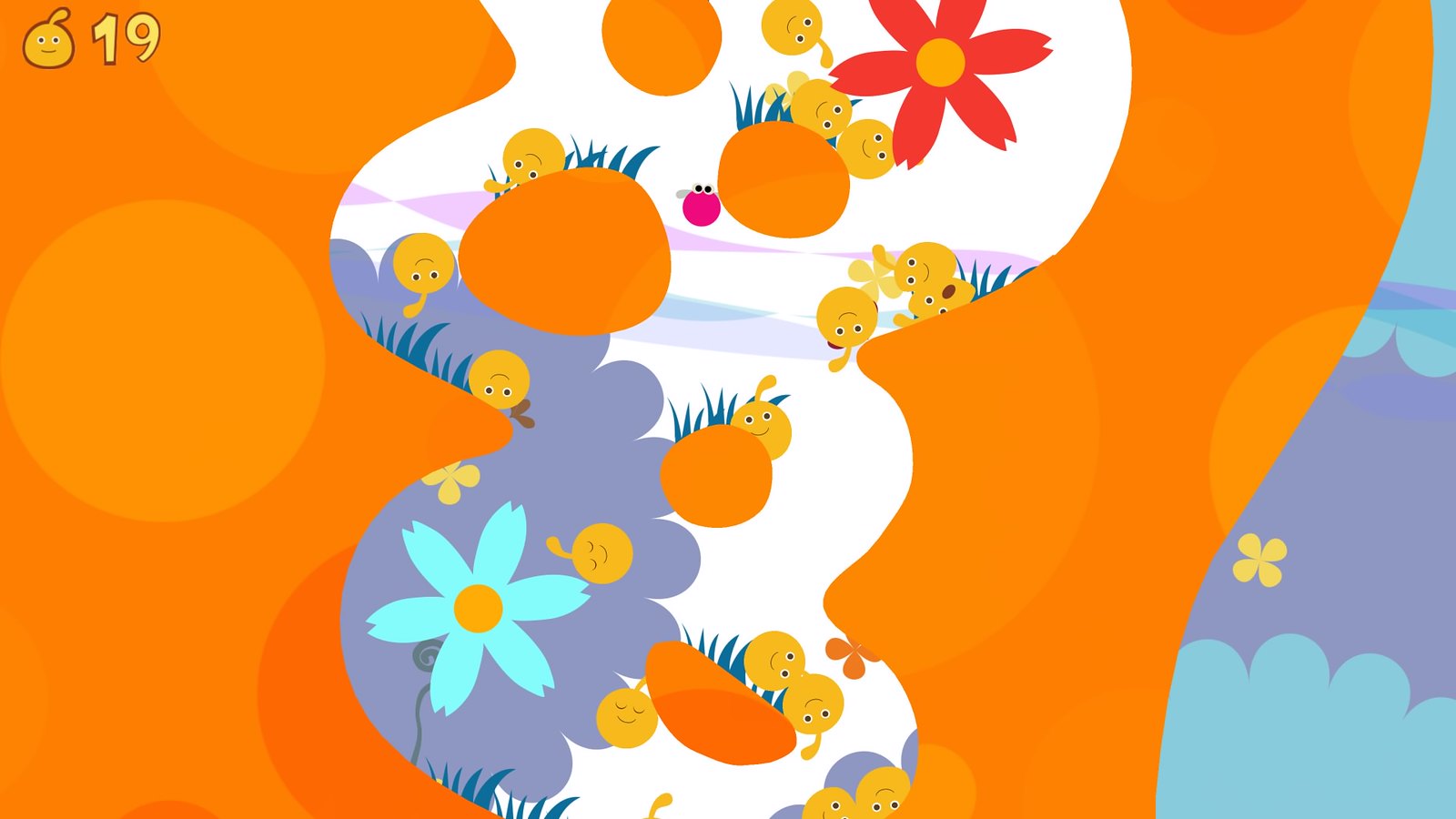

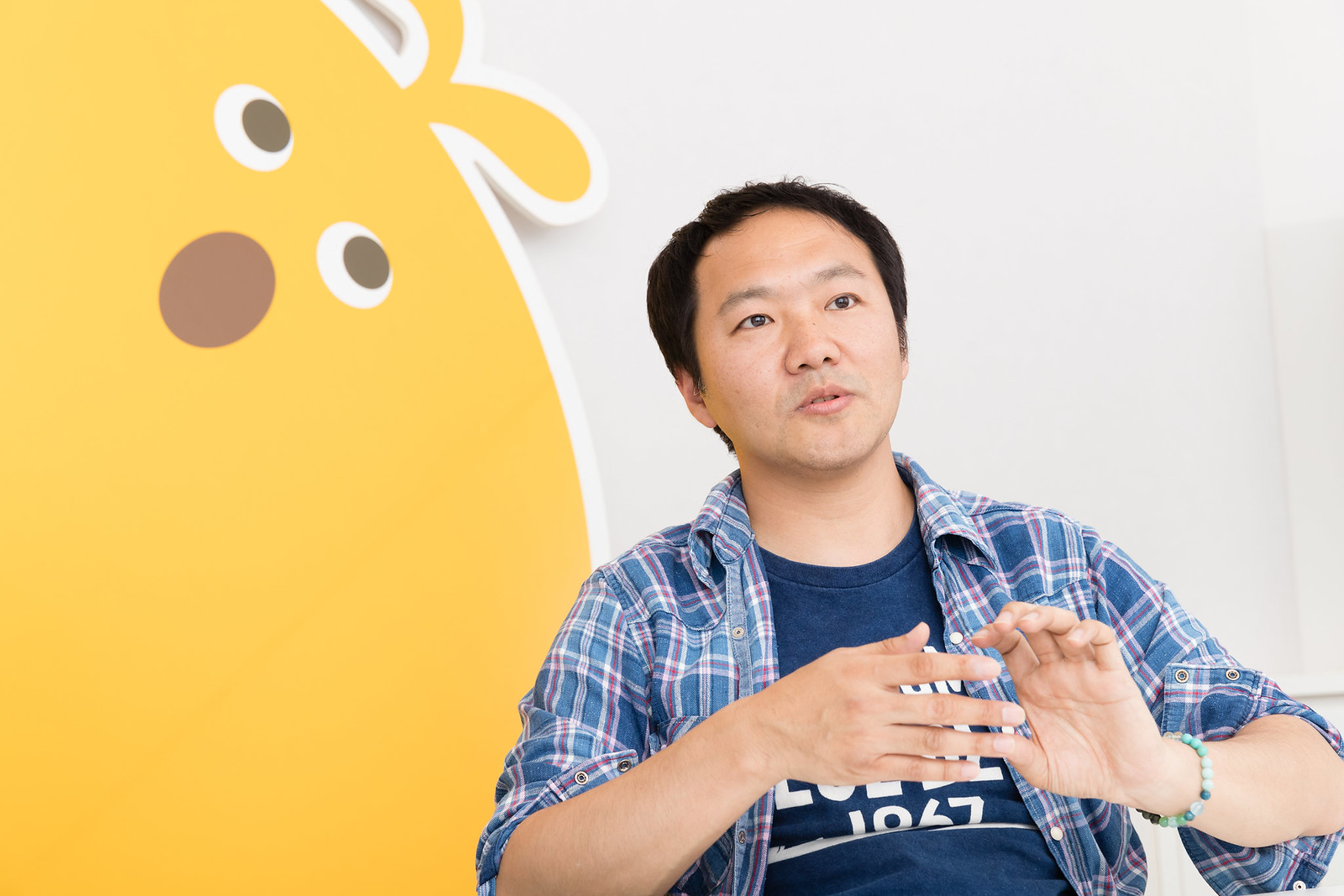

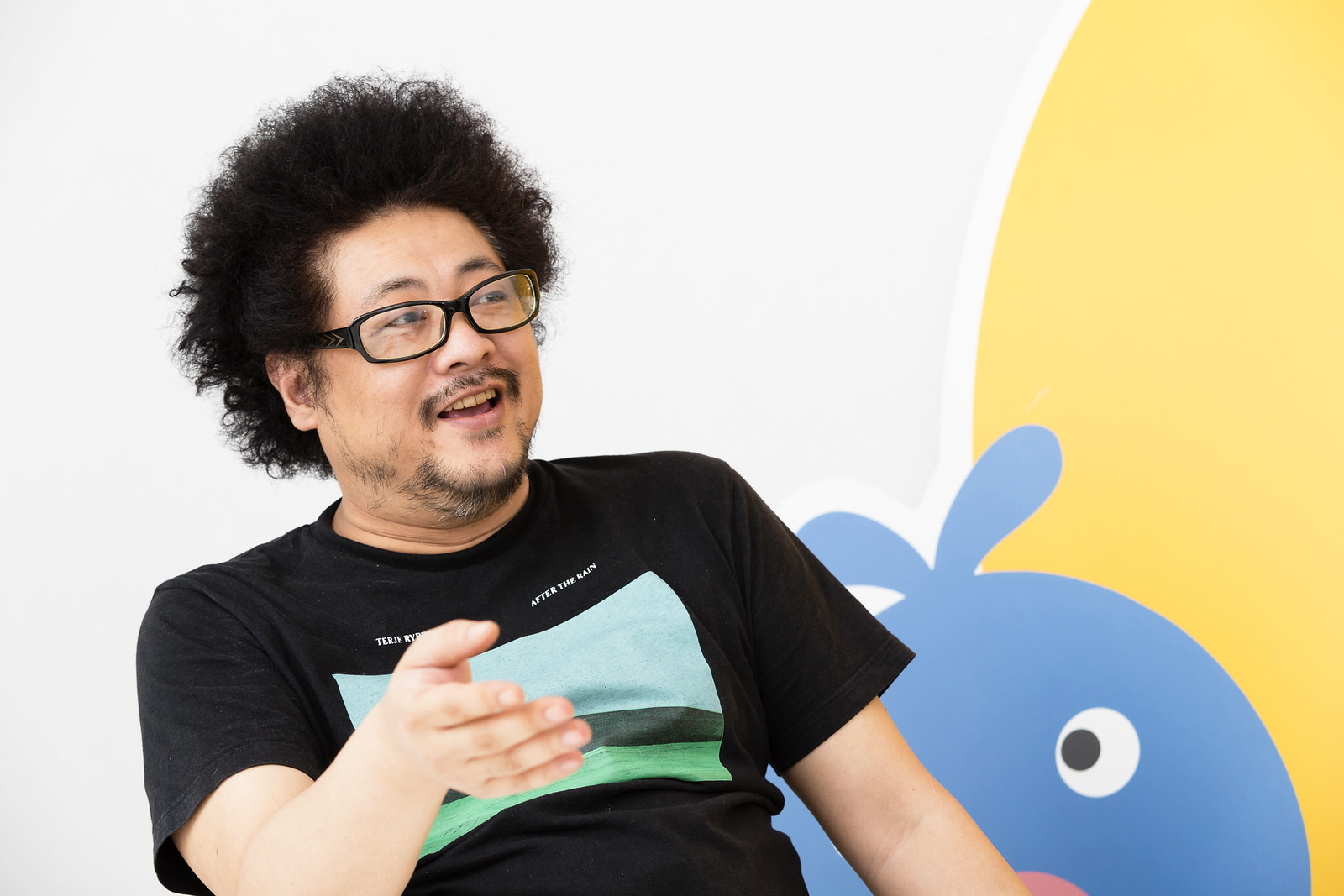
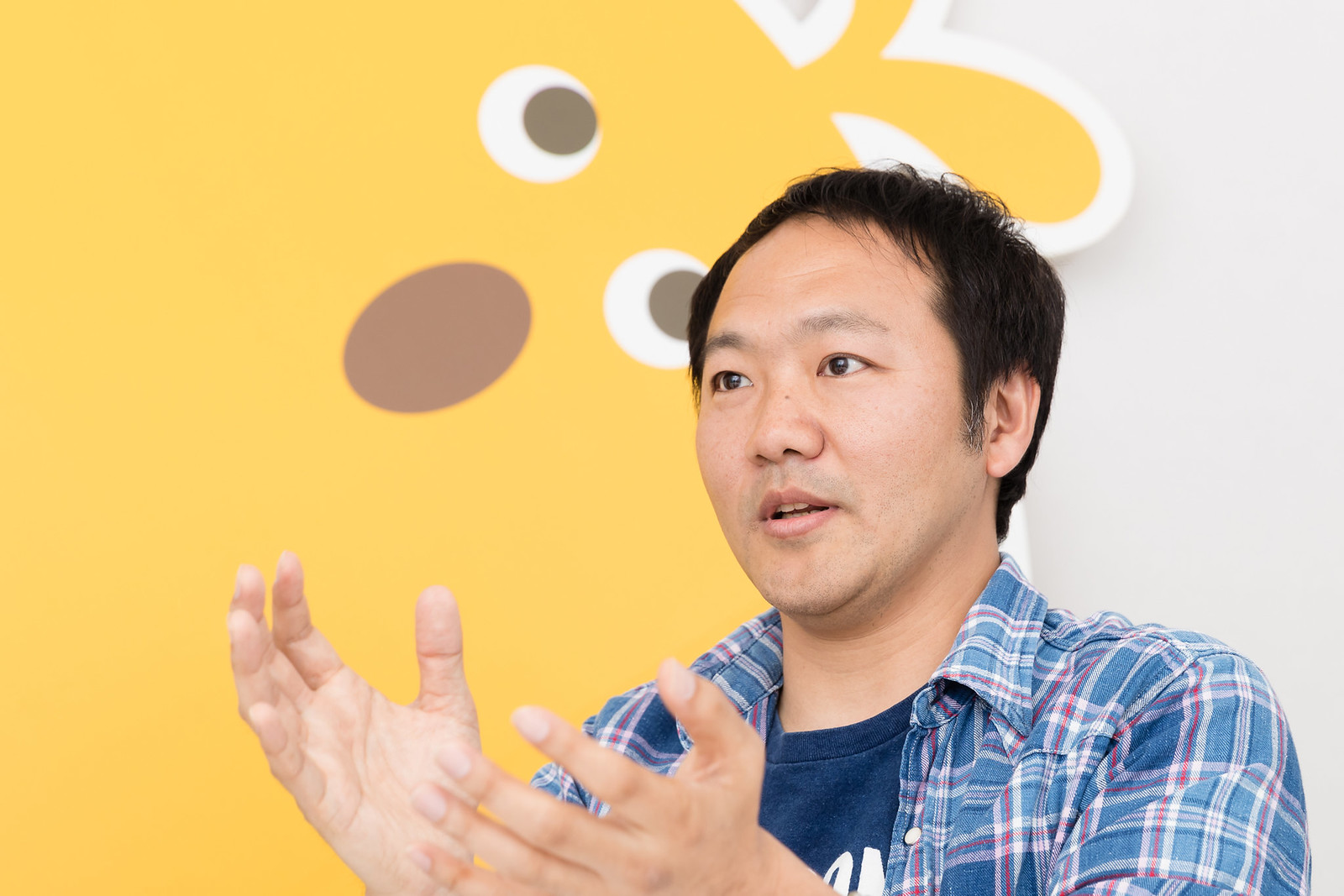

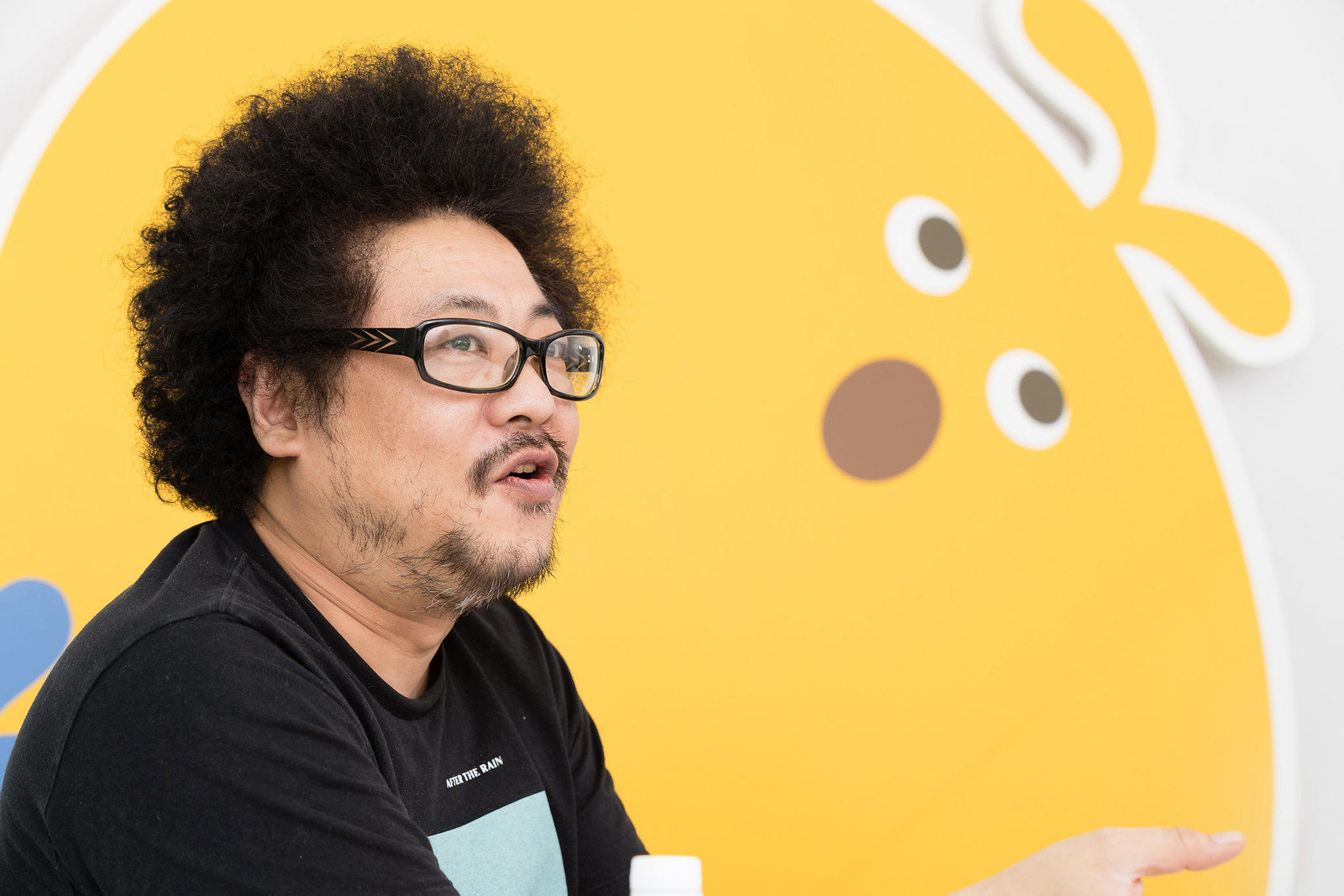
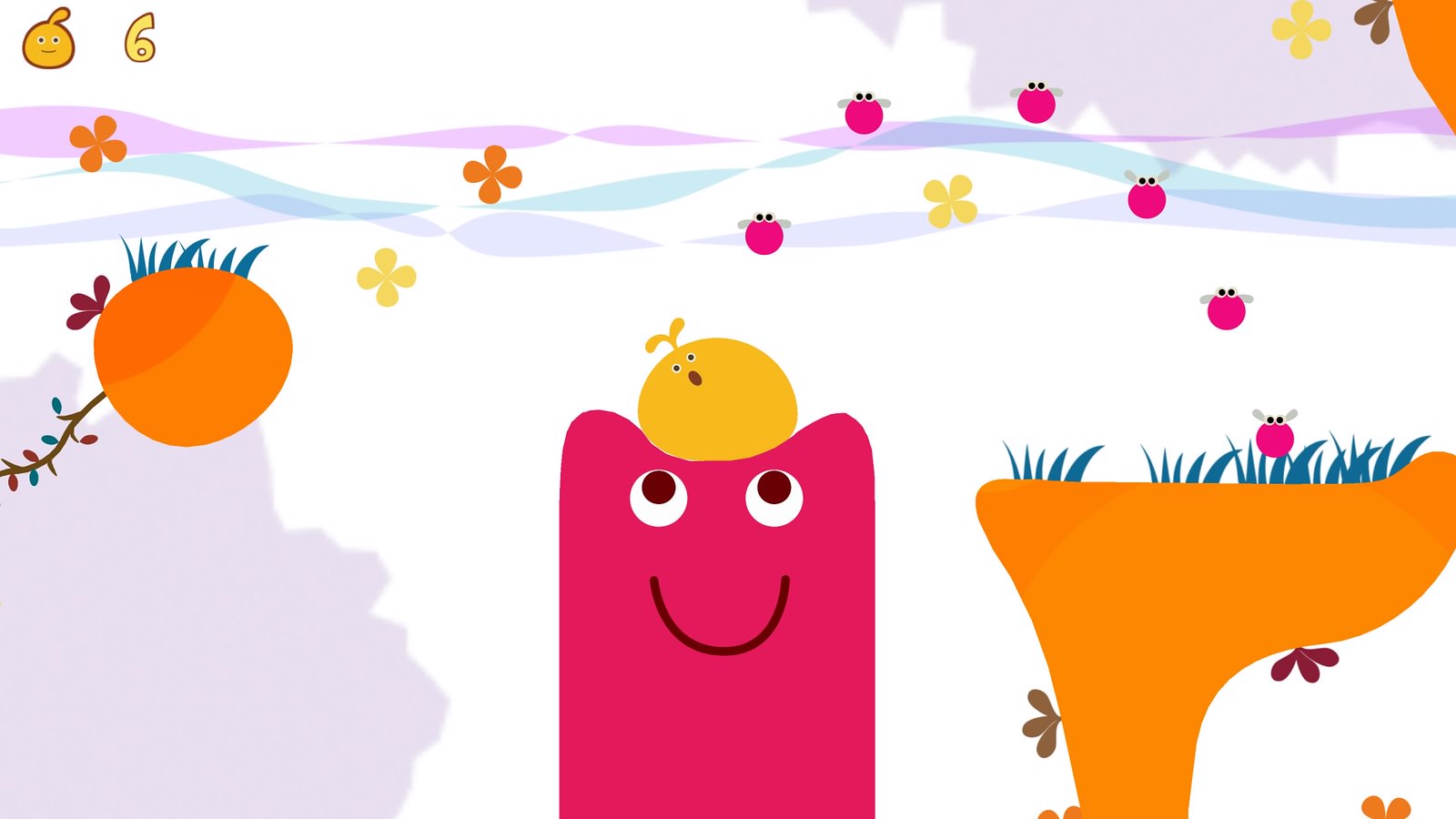
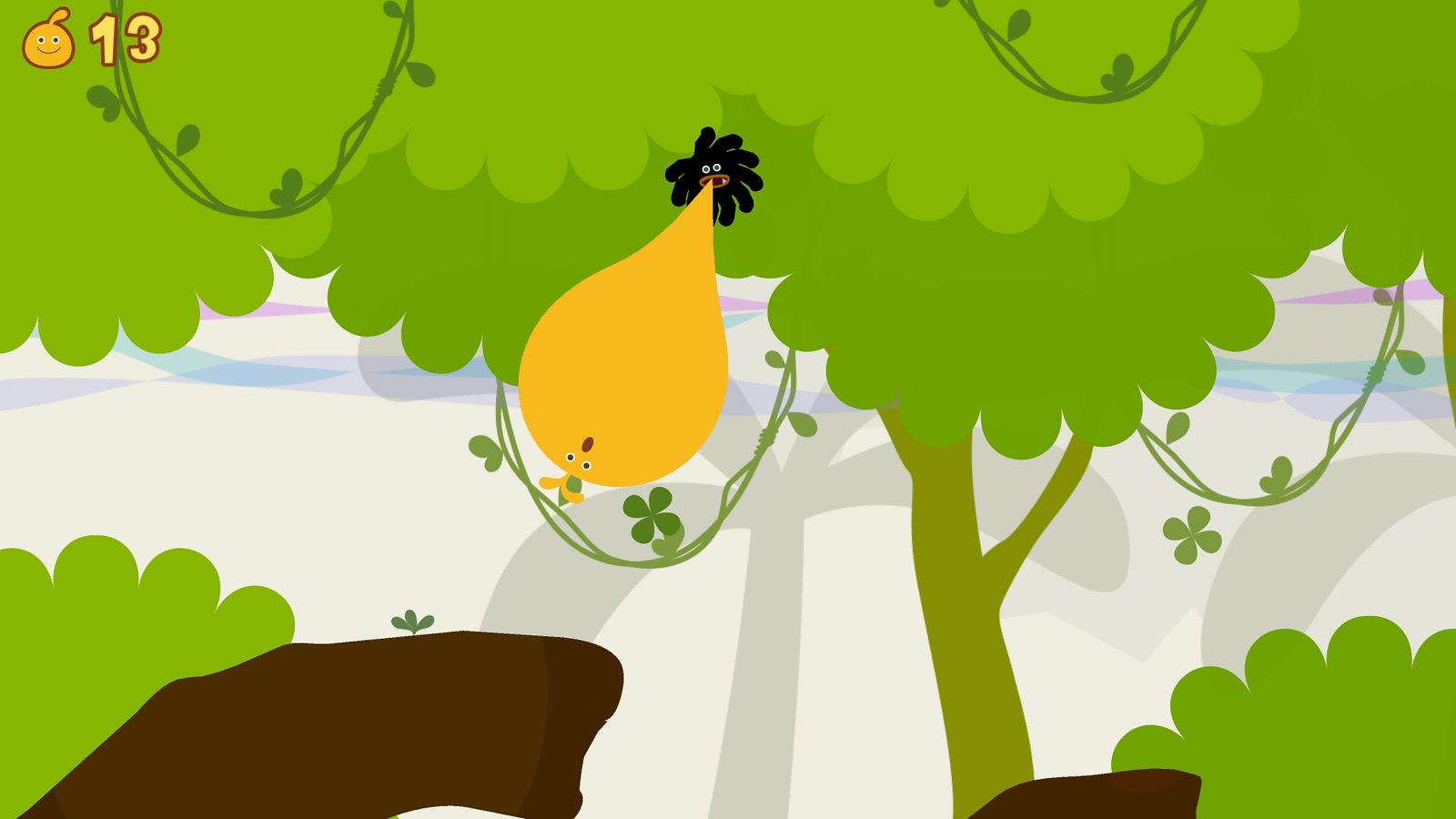
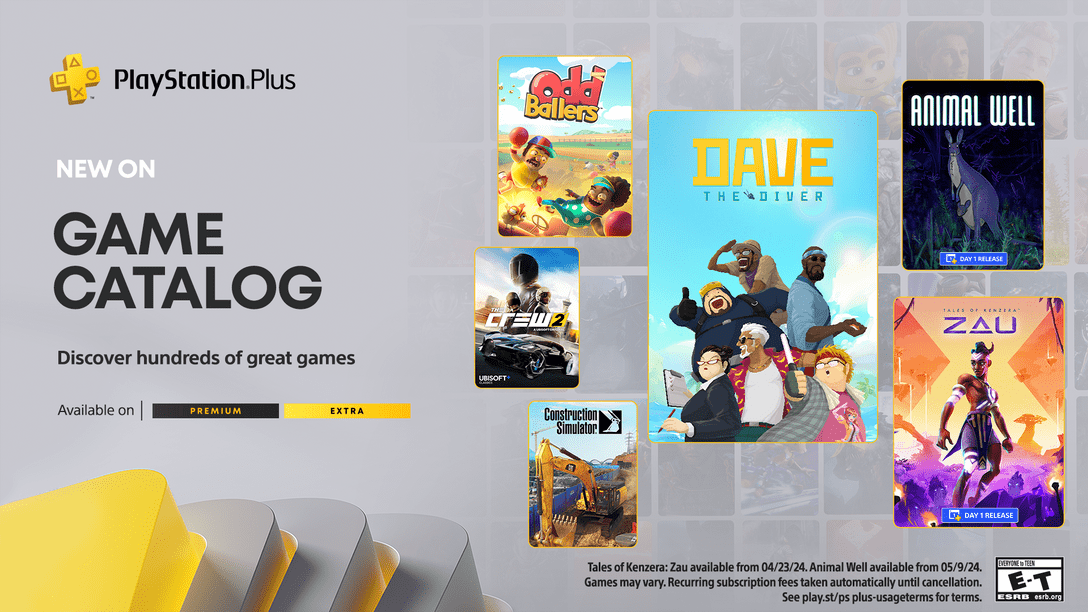
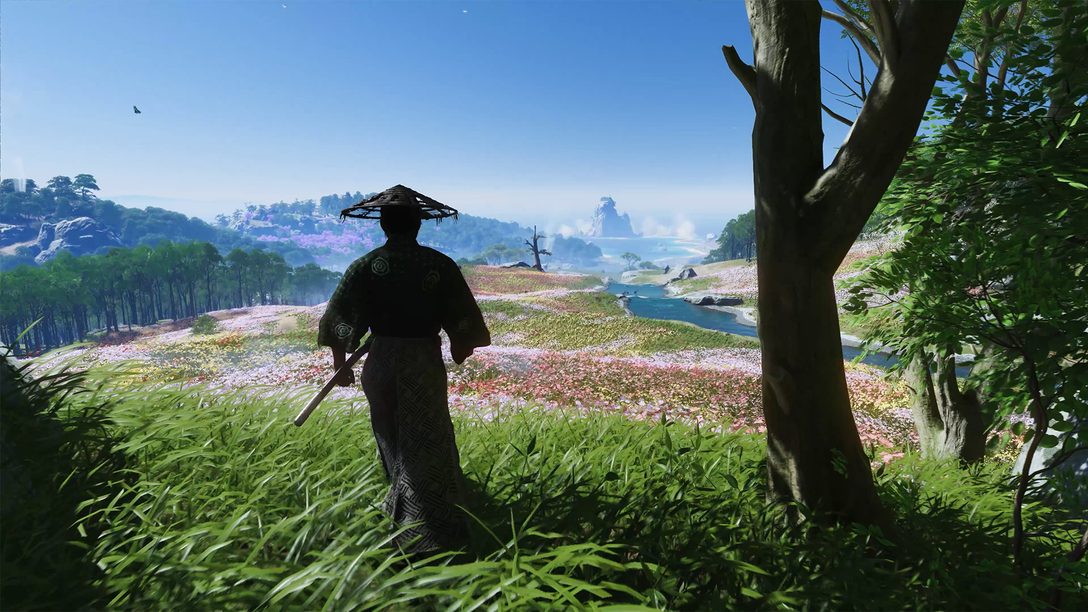
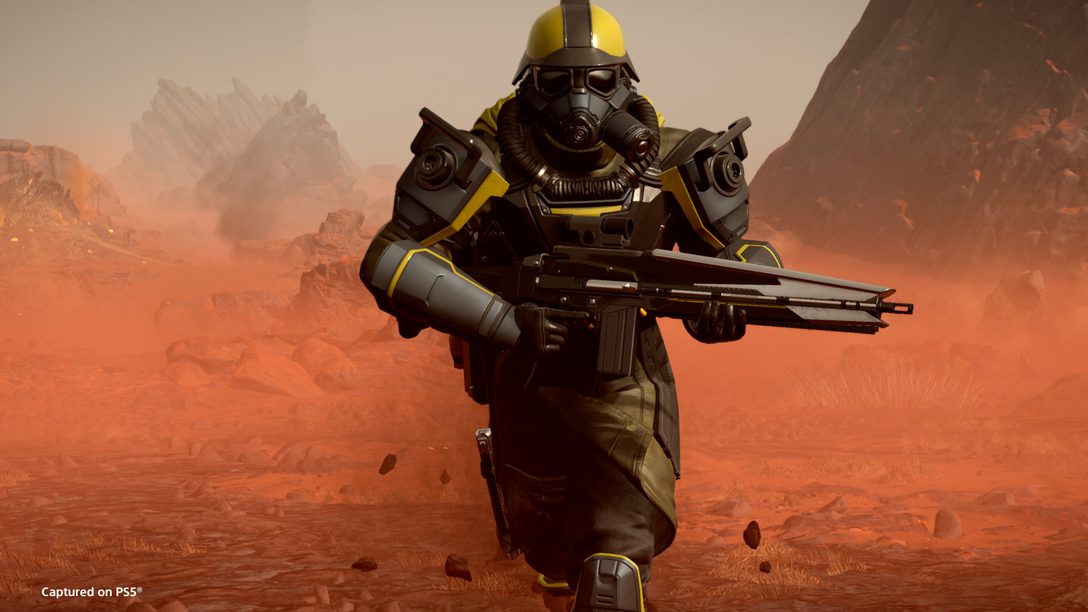
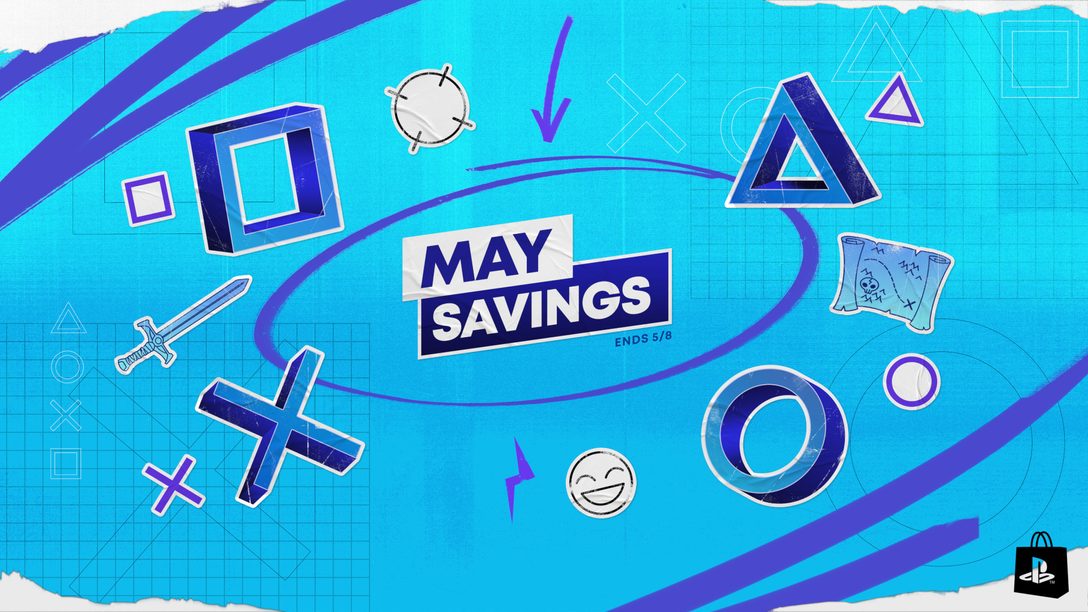

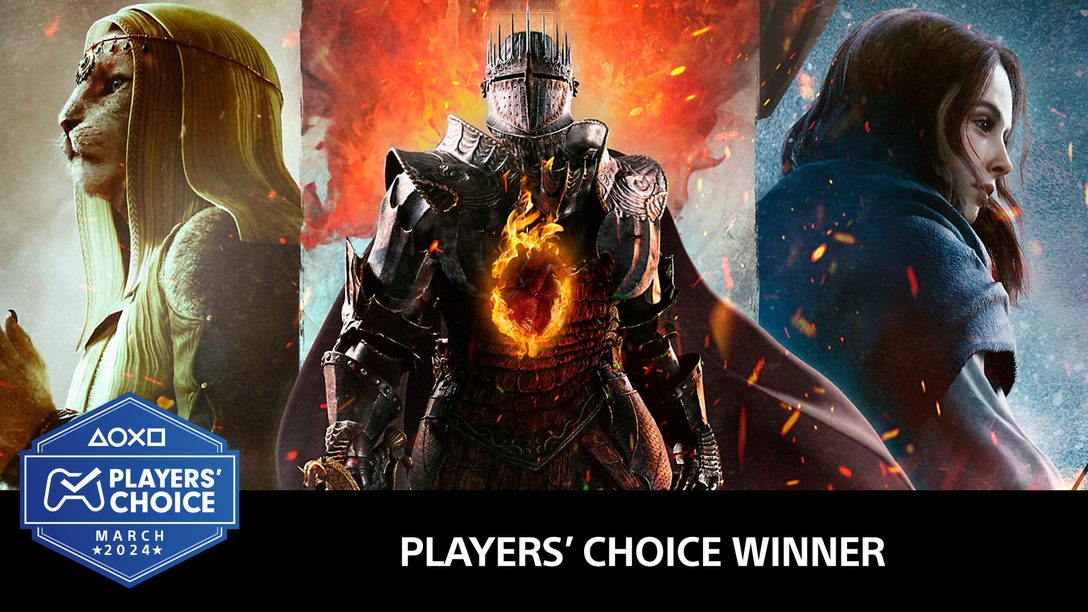

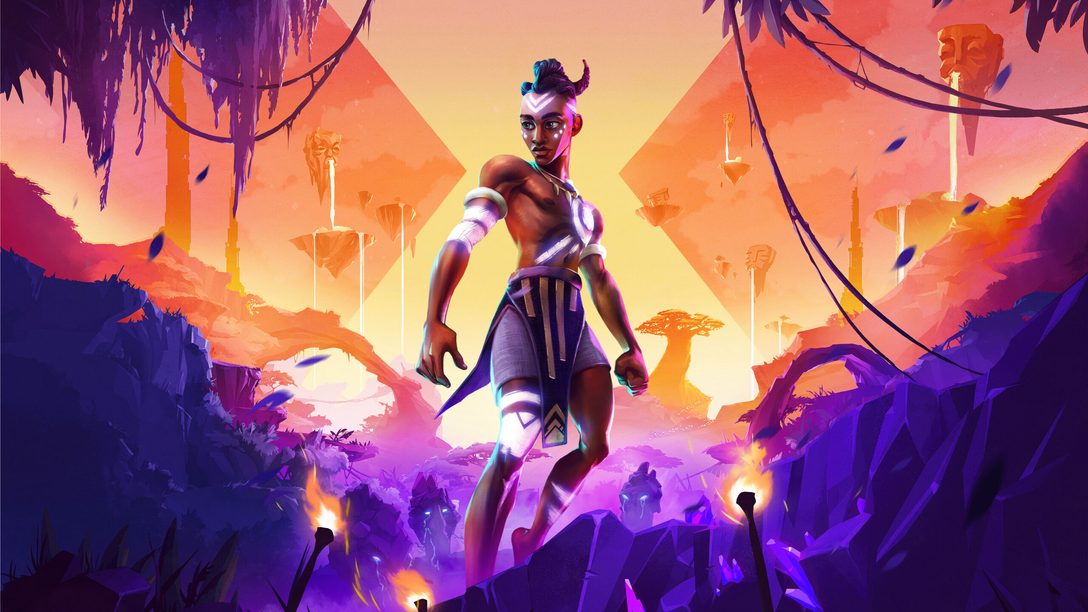
Join the Conversation
Add a CommentBut don't be a jerk!
22 Comments
Loading More Comments